First of all, water pollution harms animals, plants, and the environment. In that regard, it causes immunodeficiency indirectly by devastating food sources, and therefore nutrients: "Historical accounts and recent epidemiologic studies have suggested a mutually aggravating relationship between malnutrition and infection. In protein-energy malnutrition, there is a significant impairment of several aspects of immunity, including cell-mediated immune responses, secretory immunoglobulin A antibody production, phagocyte function, complement system, antibody affinity, and cytokine production. Several micronutrients play a crucial role in the maintenance of optimum immune responses(1)."
Also, contaminated water sources may instigate defects with immunomodulation (regulatory adjustment of the immune system) by effecting the beneficial commensal bacteria in the human body. "Commensal bacteria, in particular, are key participants in the digestion of food, and are responsible for the extraction and synthesis of nutrients and other metabolites that are essential for the maintenance of mammalian health. Many of these nutrients and metabolites derived from commensal bacteria have been implicated in the development, homeostasis and function of the immune system, suggesting that commensal bacteria may influence host immunity via nutrient- and metabolite-dependent mechanisms(2)."
Aside from obliterating the benefits of nutrients and commensal bacteria, unreliable drinking water sources with bad quality can infect the human body with microorganisms causing immunodeficiency: "Recent evidence suggests that many improved drinking water supplies suffer from poor reliability. A Quantitative Microbiological Risk Assessment was conducted on the impact of interruptions in water supplies that forced people to revert to drinking raw water. Data from the literature were used to construct models on three waterborne pathogens common in Africa: Rotavirus, Cryptosporidium and Enterotoxigenic E. coli. Risk of infection by the target pathogens is substantially greater on days that people revert to raw water consumption. Over the course of a few days raw water consumption, the annual health benefits attributed to consumption of water from an improved supply will be almost all lost. Furthermore, risk of illness on days drinking raw water will fall substantially on very young children who have the highest risk of death following infection(3)."
Considering the possibilities, detecting water quality to prevent water pollution from hurting our immune system is of great importance, especially during a pandemic. And, it is salient to determine polluted water sources correctly after detecting water quality. As WHO says, "In order to determine which constituents are, indeed, of concern, it will be necessary to undertake a drinking-water quality assessment. It is important to identify what types of drinking-water systems are in place in the country (e.g., piped water supplies, non-piped water supplies, vended water) and the quality of drinking-water sources and supplies. Additional information that should be considered in the assessment includes catchment type (protected, unprotected), wastewater discharges, geology, topography, agricultural land use, industrial activities, sanitary surveys, records of previous monitoring, inspections and local and community knowledge. The wider the range of data sources used, the more useful the results of the process will be(4)."
Especially for developing and third-world countries, tracking the water quality to detect the contaminated and polluted water sources is remaining as a big problem due to the high-cost detectors and lack of consistent data. And thus, I contemplated this project as a low-cost water quality detector sending data (water quality) to Google Sheets to create data charts (spreadsheets) by location (GPS), available working in any field as long as GSM network provided and enabled.
To detect the...
Read more » kutluhan_aktar
kutluhan_aktar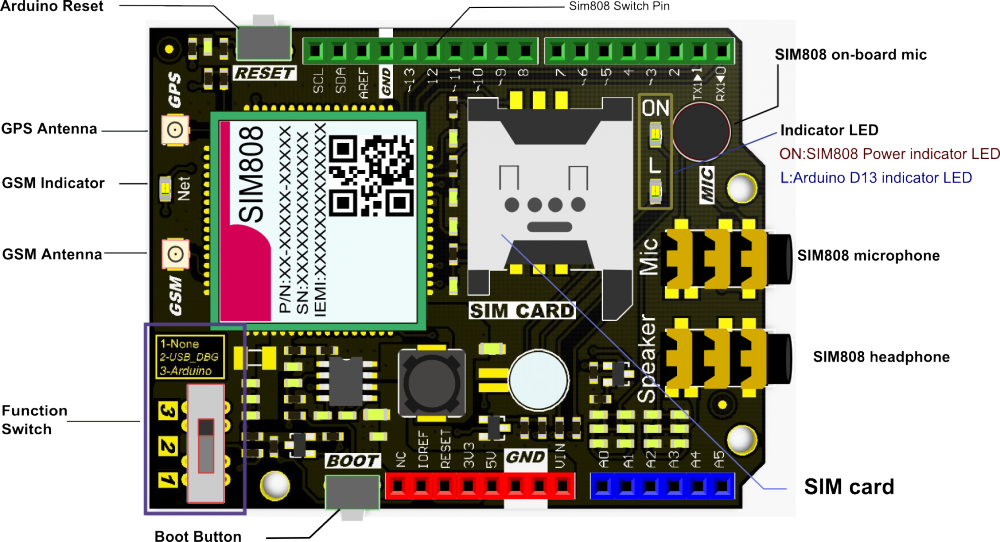
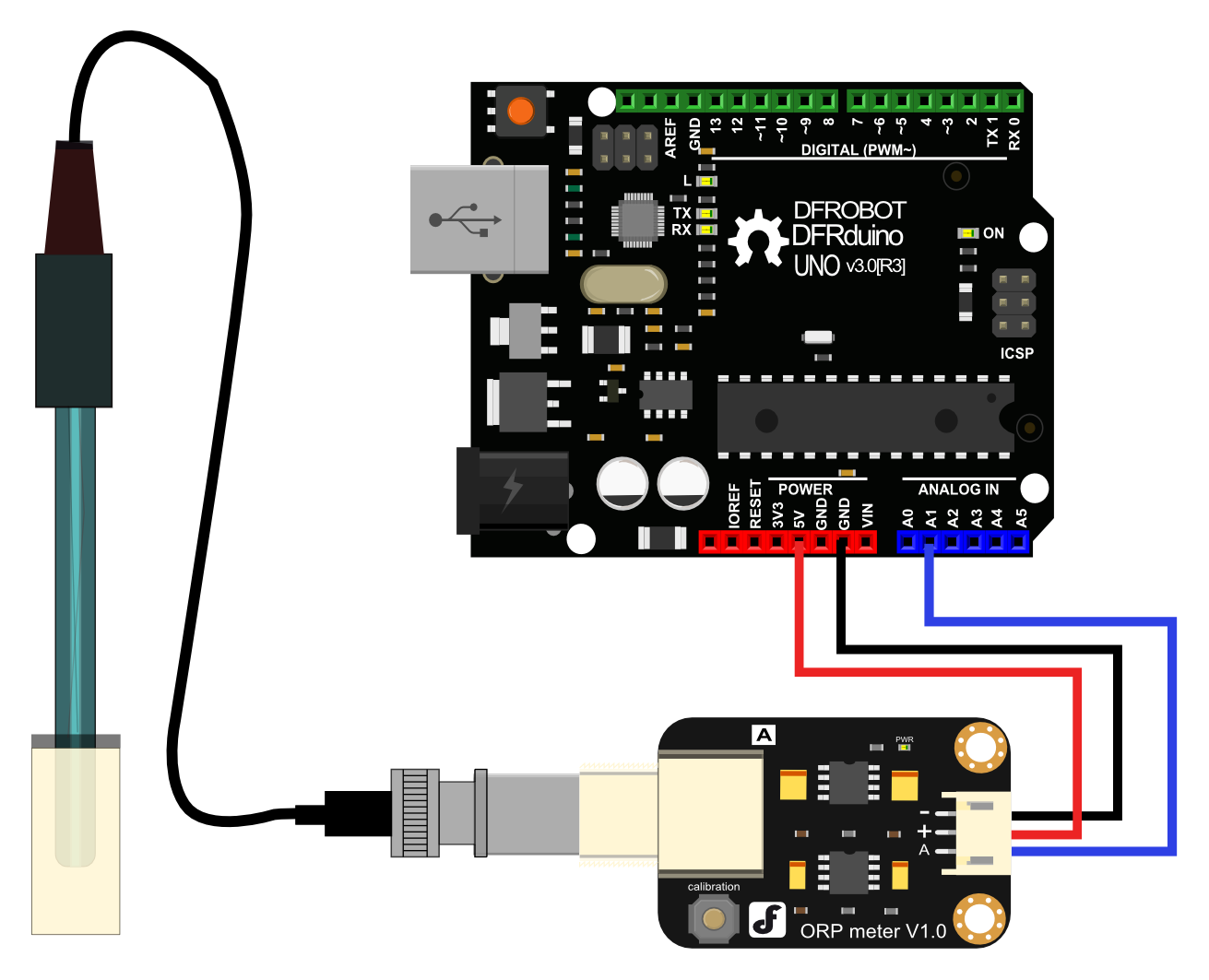
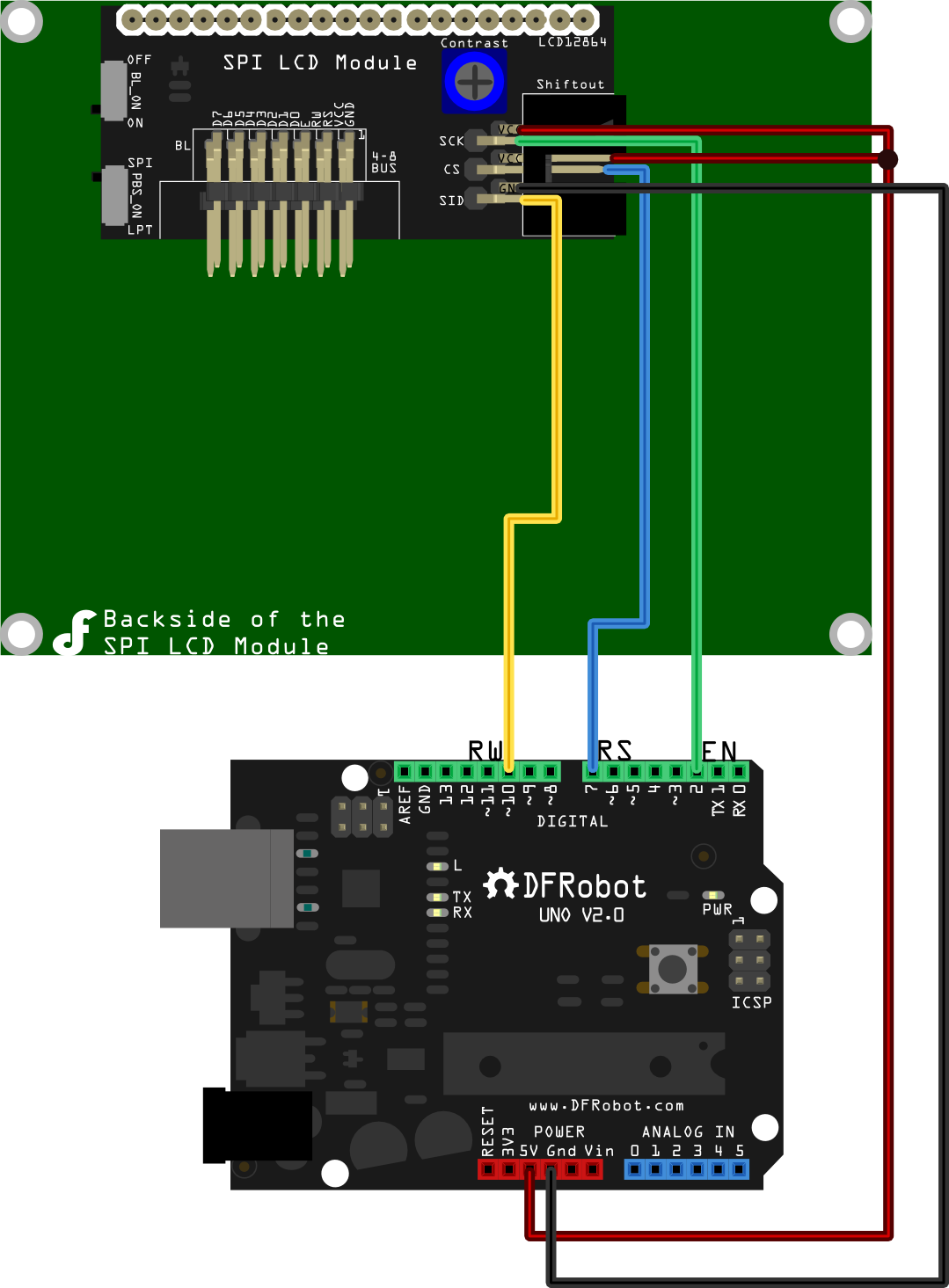


 Tom Behets
Tom Behets
 Kestler
Kestler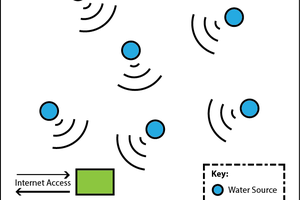
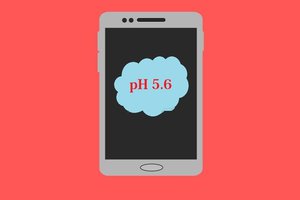
 Sagnik Bhattacharya
Sagnik Bhattacharya
Please feel free to leave a comment here if you have any questions or concerns regarding this project :)